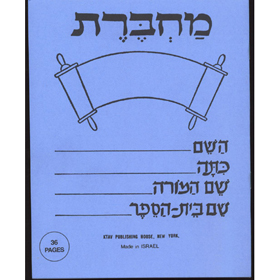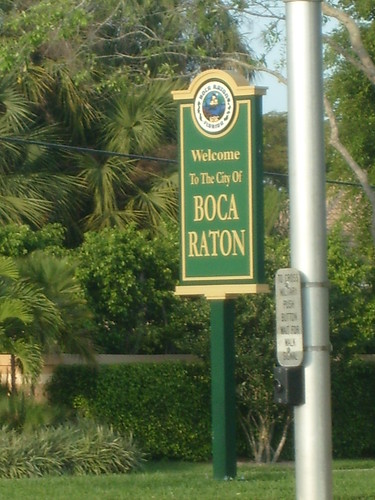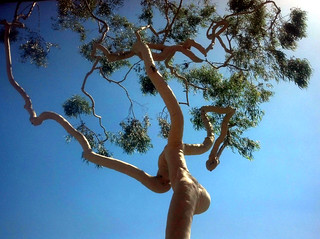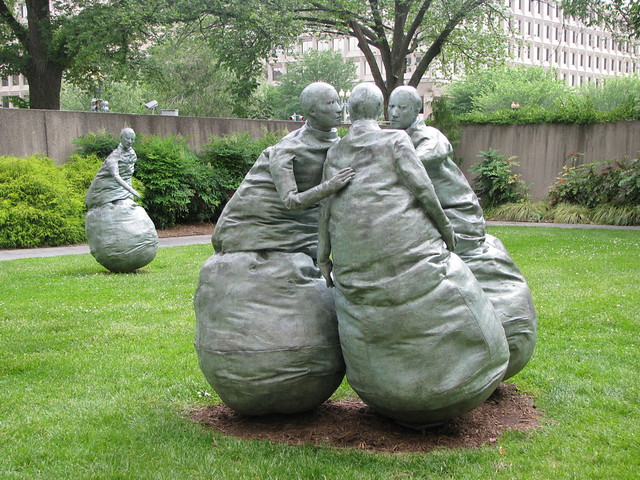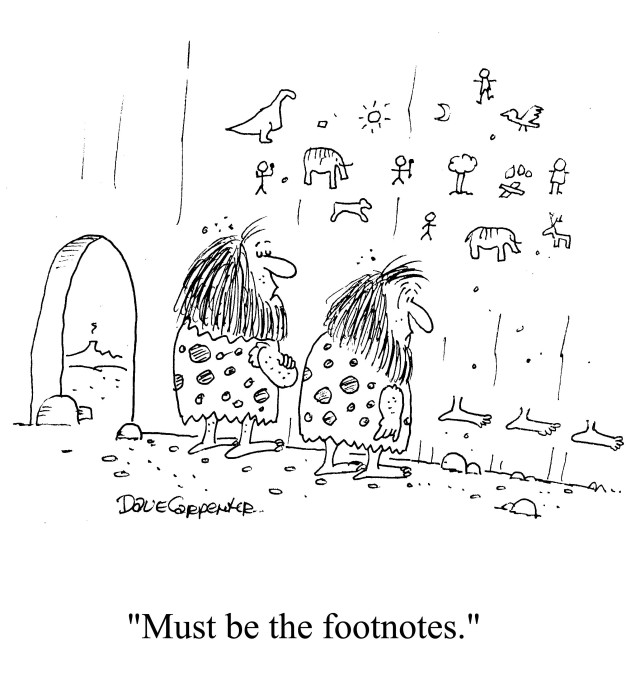Building a new academic program ain’t easy. There are forms to fill out, deans to convince, donors to cultivate and students to recruit. The number of hoops you have to jump through before you get off the ground, much less succeed, can daunt and discourage even the most energetic and determined of souls.

What lifts the spirit and sustains it is the opportunity to try one’s hand at something novel: to stretch. It’s not quite the same thing as seizing the brass ring, but it comes awfully close. For me, that opportunity took the form of SymPop.
Inspired by the contemporary pop-up phenomenon as well as by the age-old notion of a symposium, I hit on the idea of mixing up both by bringing together a highly select (dare I say ‘curated,’ the word du jour) assemblage of artists and educators to spend an immersive 24 hours in one another’s company. We would eat together, cook together, learn from one another and collaborate -- all with an eye towards enriching one another as well as the Jewish communal landscape.
So many ideas sound marvelous on paper, but land with a thud when it comes to actualizing them. Not SymPop. Thanks to its participants, who were generous, open, spirited and, above all, game, what might have been yet another dutiful exercise in professional development took flight. Deploying all manner of stuff -- paper, scissors, smartphones, musical instruments, images, grids, flowers, their feet, pots & pans -- as well as one another, they buzzed with ideas, infusing Jewish texts, practices, places, foodways and sounds with newfound sparkle and depth.
But don’t take my word for it. Here’s what the SymPopniks had to say when asked to come up with a slew of adjectives and nouns to describe their experience. First the adjectives: “Awesome, inspiring, thoughtful, fun, satisfying.” Now, the nouns: “sharing, connections, sprouting, whole-making, gratitude, trust.”

